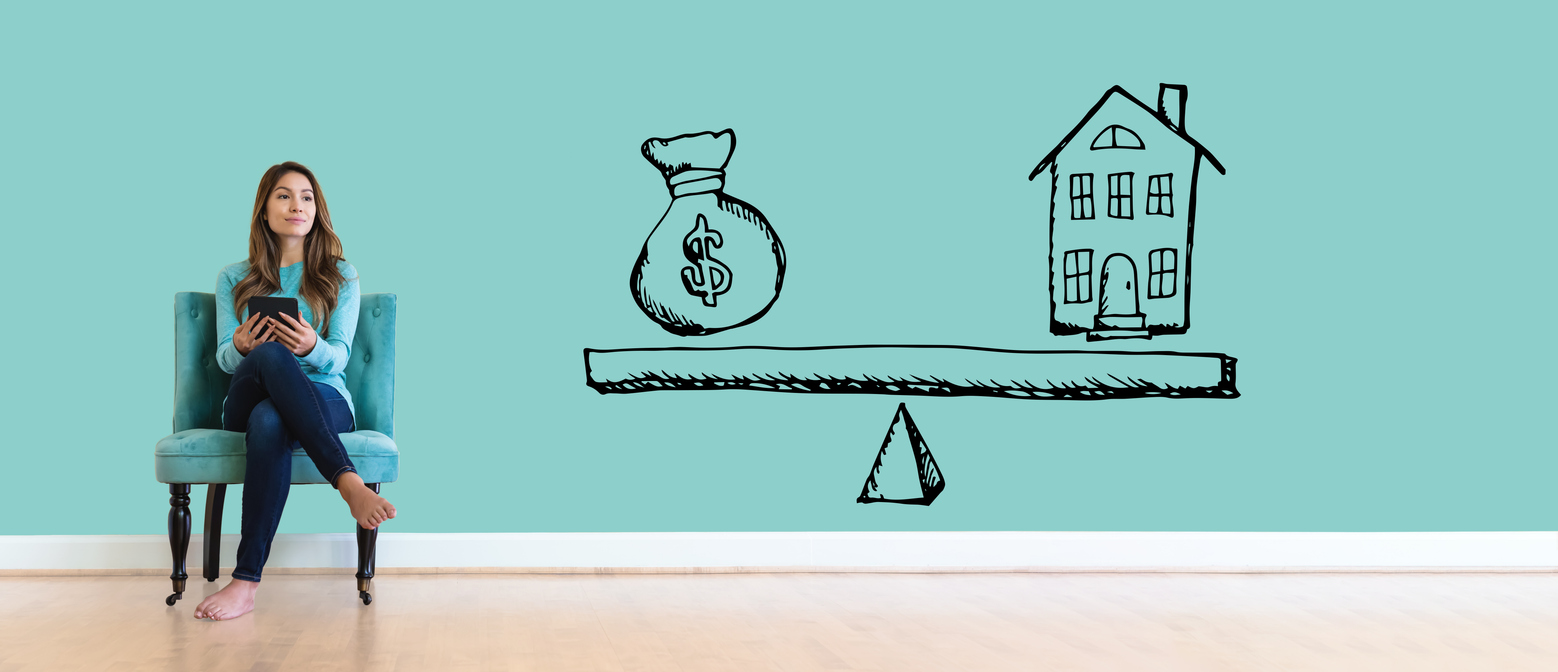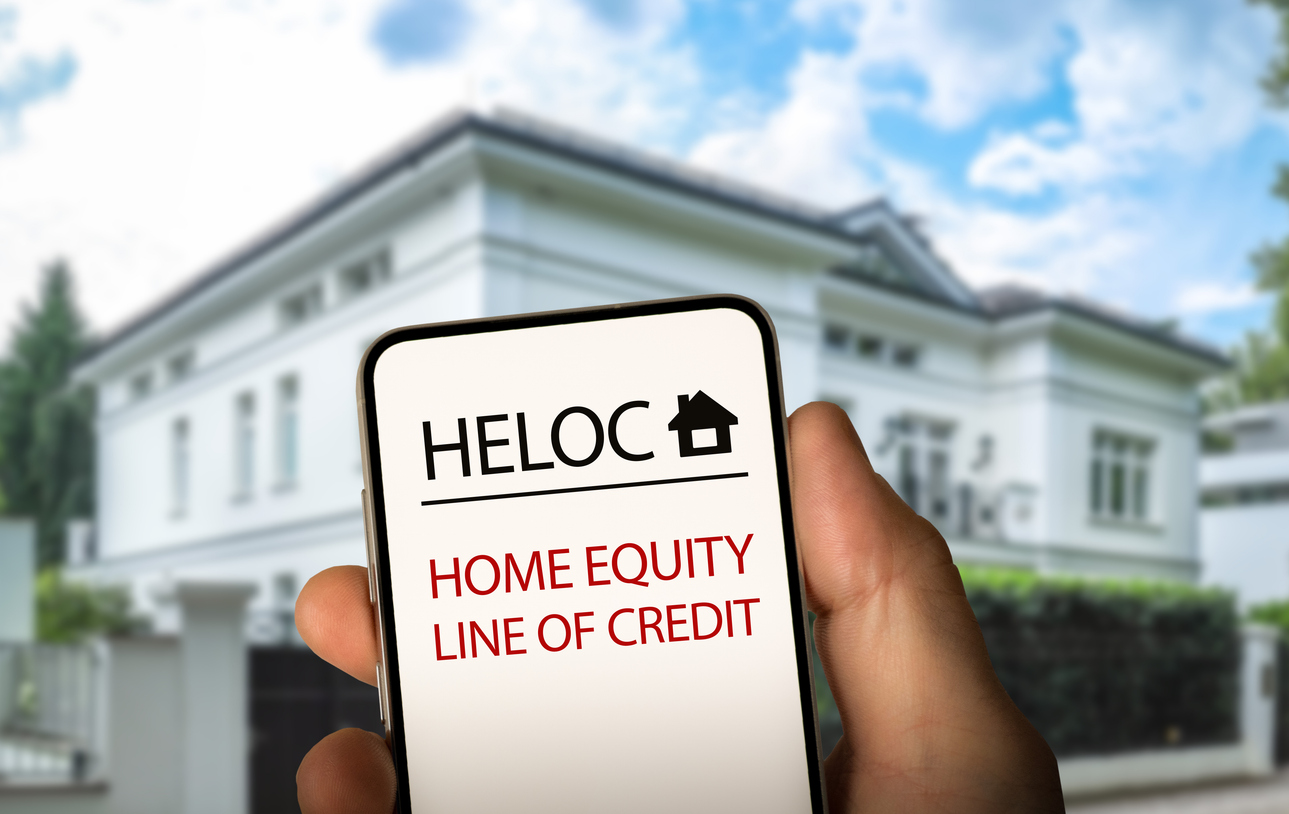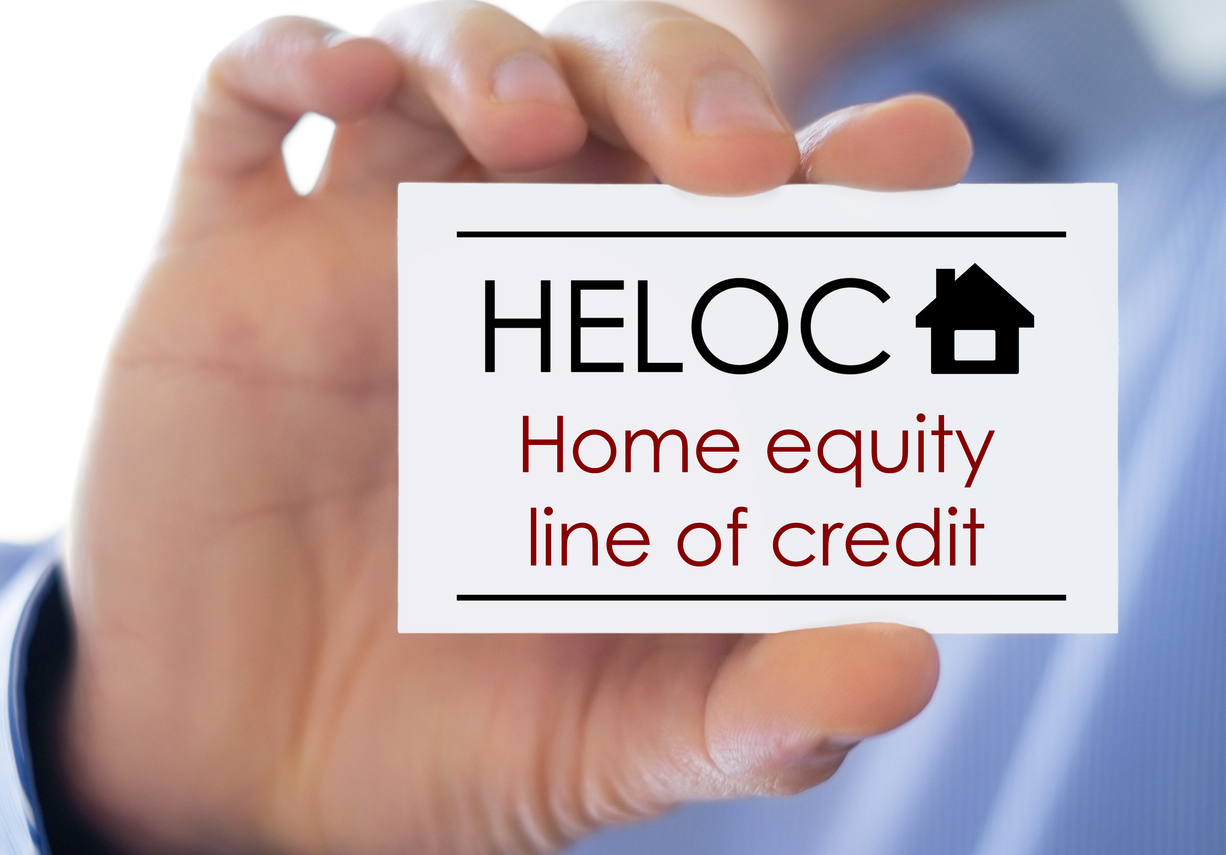One of the most common questions we get is, what is the difference between a HELOC and a personal loan and which type of loan makes sense for me. In this article we will delve into the pros and cons of HELOCs and personal loans and when you should each one. If you’re searching for a financial tool to access borrowed funds as needed, you might be pondering the decision between an unsecured personal loan and a HELOC line of credit.
Which Better, a Personal Loan or HELOC?
Consumers across the country are requesting to borrower money more than ever before. When making the choice between a home equity line of credit or HELOC and a personal loan, carefully evaluate the amount of funds required, the associated risks, and your specific spending plans. A HELOC provides a credit line with potential tax benefits for homeowners, while a personal loan may be more suitable for singular expenses or situations where you prefer not to use your home as collateral.
What Is a Home Equity Line of Credit or HELOC?
A home equity line of credit, commonly known as a HELOC, is a revolving line of credit and 2nd mortgage loan. To obtain a HELOC or a home equity loan, you use your home as collateral, and the maximum amount you can borrow is determined by the value of your home.
Typically, the combined balance of your HELOC and other mortgages can range from 70% to 90% of your home’s appraised value. For instance, if your home is appraised at $600,000 and you owe $250,000 on your first mortgage, you might qualify for a HELOC ranging from $30,000 to $200,000, depending on factors like the lending partner and your creditworthiness.
Borrowing against your HELOC is optional, with some lenders requiring an initial minimum draw at the account opening. Interest is only applied to the amount you borrow, not the entire credit line. So, if your approved HELOC is $200,000, you can choose to only draw on $20,000 without incurring penalties. That means even though you have access to $200,000, you would only be paying interest on the $20,000 you used.
The home equity credit lines often come with an initial 10-year draw period, during which you can borrow against your credit line and make interest-only payments. Following the draw period, you may need to make a balloon payment or have a fixed term, such as 20 years, to repay the balance. Remember taking out a HELOC loan is different than a mortgage refinance loan, because the HELOC is a subordinate lien. Of course the alternative second mortgage to the HELOC is the home equity loan. The home equity loan has a fixed interest rate and offers a lump-sum, so you get all the money up front.
Advantages of HELOCs
- Offers large loans with potentially low interest rates
- Only incurs interest on the borrowed amount
- Low monthly payments during the draw period
- Interest payments may be tax-deductible if used for home improvements
Disadvantages of HELOCs
- Application and approval process may be time-consuming
- May involve closing costs and various fees (annual, inactivity, early closure)
- Often comes with variable interest rates
- Risk of losing your home if unable to afford payments
What Is a Personal Loan?
Personal loans are typically unsecured installment loans with fixed interest rates and repayment terms. Loan amounts typically range from $1,000 to $50,000, though some lenders may offer up to $100,000 for eligible borrowers.
As unsecured loans, eligibility, loan amount, and interest rate are mainly based on your creditworthiness. However, even highly creditworthy applicants may find that personal loans generally have higher interest rates compared to HELOC loans. Homeowners can make HELOC interest only payments during the initial draw period.
Personal loans can be used for various purposes, including covering emergency expenses, medical bills, major purchases, and consolidating higher-rate debts. While personal loans are an option for home improvements, the interest paid on them is not tax-deductible.
Advantages of Personal Loans
- No need for collateral
- Offers a potentially affordable interest rate
- Fixed interest rate limits risk
- Funds can be received within several business days
Disadvantages of Personal Loans
- Good credit is typically required for a low-interest loan
- The approved unsecured loan amount may not cover all expenses
- Some lenders charge origination fees
- No tax advantages
HELOC vs. Personal Loan—Which Loan Is Best for You?
Choosing between a HELOC and a personal loan depends on your specific needs and circumstances. A HELOC might be preferable for substantial amounts or ongoing projects requiring multiple draws. The low interest rates can make HELOCs cost-effective, but there’s the risk associated with using your home as collateral and the potential for rate increases.
On the other hand, a personal loan could be suitable for a one-time expense, especially if you qualify for a low-interest loan. It offers faster approval, doesn’t involve closing costs, and may have fewer fees, but it lacks the potential tax deductions and may not cover expenses anyway.
• Both constitute revolving credit accounts, allowing borrowing, repayment, and reuse of funds up to the specified credit limit.
• They share a draw period and a subsequent repayment period, commonly with a 10-year draw period and mandatory monthly minimum payments. The repayment phase may extend up to 20 years post the draw period conclusion.
• Convenient access to funds is facilitated through check or debit card withdrawals, dependent on the lender’s terms.
• Lenders may impose various fees such as monthly charges, transaction fees, or penalties for late payments or prepayments. It is crucial to comprehend potential fees before finalizing the arrangement.
• Both typically feature variable interest rates, influencing the overall cost of the credit line over time. (Although each may occasionally offer a fixed rate, the initial rate for a fixed-rate HELOC is usually higher. The draw period for a fixed-rate personal line of credit might be relatively short.)
Whether you need funds for home improvements, debt consolidation, or other financial needs, both HELOCs and personal loans provide options when immediate cash isn’t readily available.
Understanding the distinction between them is crucial in making the right choice for your financial situation. A home equity line of credit (HELOC) is backed by your home, offering a secured option, while a personal loan is typically unsecured, relying largely on your credit and income.
Generally, unsecured personal loans tend to carry higher interest rates compared to secured debt, but the dissimilarities between a HELOC and a personal loan extend beyond just the interest rate. Typically homeowners can borrow more money with a HELOC than a personal loan.
Due to their connection to your home’s equity, HELOCs typically offer higher loan amounts compared to personal loans. For example, certain mortgage lenders extend home equity credit lines ranging from several hundred thousand dollars to as high as $1,000,000 in some instances with qualified borrowers.
For those without a home or adequate equity, a home equity line of credit may not be an option. In such cases, exploring personal loans is advisable. However, if you do own a home, there are key considerations to keep in mind, including a crucial question to address when contemplating a HELOC.
Both HELOCs and personal loans have their advantages and drawbacks, and the choice between them hinges on factors like the required loan amount and its intended purpose.
Is it easier to qualify for a HELOC or personal loan?
Given a borrower’s financial standing and equity, HELOCs may offer easier qualification compared to personal loans. Jacob Channel, LendingTree’s senior economist, notes that despite this advantage, the home equity line of credit typically entail lengthier approval processes and higher fees.
There isn’t a fixed income prerequisite for a HELOC credit line. However, you must earn adequate income to meet the debt-to-income ratio stipulation for the desired HELOC loan amount. Additionally, you’ll need to demonstrate a consistent income stream.
Consider a personal loan when:
Covering smaller, infrequent expenses like cosmetic procedures or special events like weddings
On the other hand, a HELOC might be more suitable for:
- College tuition and ongoing educational expenses
- Continual home improvement projects
- Long-term debt consolidation needs
- Distinguishing between secured and unsecured loans is crucial:
Personal loans are typically unsecured, requiring no collateral. Consequently, interest rates are higher, reflecting the perceived risk for lenders.
Home equity credit lines are secured by your home, making them a lower risk for mortgage lenders. However, defaulting on a HELOC credit line could jeopardize your home, leading to potential foreclosure.
Personal loans are ideal for covering singular, predetermined expenses, while home equity lines of credit suit projects or purchases that demand flexibility like home improvements of financing education. Both choices typically provide lower average rates than credit cards for borrowers with favorable credit. The repayment terms are contingent on the borrowed amount and the duration of your term.
Highlights of Personal Loan vs HELOC
A HELOC might be a better option if you need to borrow a substantial amount or have an ongoing project requiring multiple draws. The low interest rate can make HELOCs an inexpensive option. However, there’s a risk in using your home as collateral, and there’s the possibility that your rate will increase.
On the other hand, a personal loan could be ideal for a one-time expense, especially if you qualify for a low-rate personal loan and won’t benefit from tax deductions on a home improvement loan. In most cases, personal loans are also easier to obtain and may be cheaper in the short term, as they typically don’t involve closing costs and may have fewer fees.
We suggest comparing the HELOC to the personal loan by analyzing the costs and the monthly payments before making a big financial decision like this.




